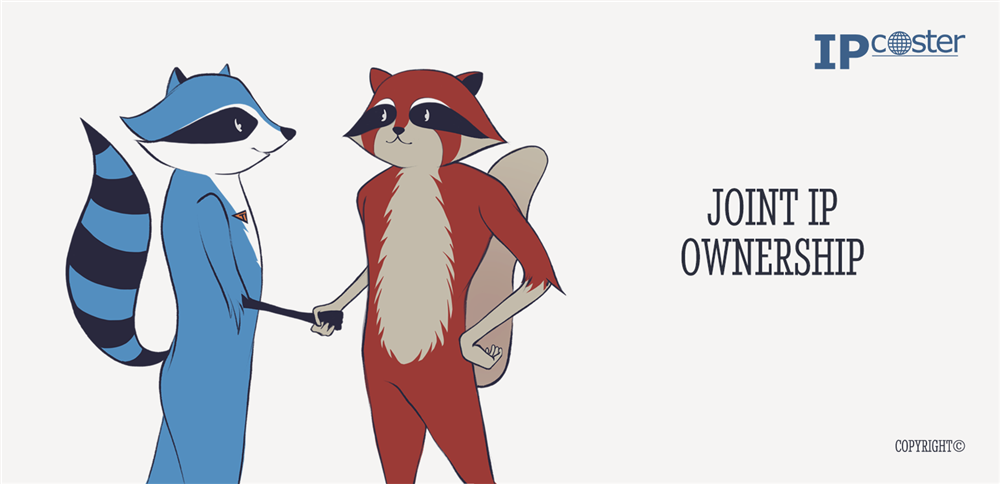IP-Academy

Joint IP Ownership
Intellectual property, from trademarked brand logos to patented inventions, is often the result of a collaborative effort between individuals, businesses, academic institutions and the like. With multiple contributors comes the potential need of filing for protection for more than one applicant, but whilst co-ownership of IP can yield its rewards, it is accompanied by risks requiring several points of consideration.
The particular legal nuances of joint ownership of IP vary from country to country, and it is helpful for prospective co-owners to consider the jurisdictional laws prior to obtaining IP protection collaboratively.
In relation to UK patents, for example, patentees are entitled to equal, undivided shares in the patent, regardless of the individual contribution overall. Furthermore, permission by all co-owners of a patent must be provided in order for one to license the patent to a third party, however, this may not be the case in other territories.
Another interesting point for consideration is observed in the European Patent Office (EPO) rules. As per the rules, it is possible to appoint a single "common representative" for dealing with all matters that may arise during the application prosecution, who represents all co-applicants referenced in a patent application before the EPO. The first named applicant in the filing request will be considered as the common representative, unless any other representative has otherwise been indicated in the application materials. As the EPO does not need to seek approval from the other co-applicants in relation to the majority of requests from the common representative, an agreement between all applicants is likely to be beneficial in mitigating the risk of conflict between co-applicants throughout the prosecution and maintenance of a patent.
Regarding trademarks, in some countries, the national legislation does not officially provide for joint ownership of a trademark, with the exception of collective marks, a contentious point which has been the subject of court proceedings in recent years in Russia for example. As such, due consideration should be given to the legislation regarding joint ownership of a mark in the respective territories applicants wish to register.
Similarly to the laws governing other types of IP, the legislation in relation to European Community Designs specifies that if a design was developed by an employee in the execution of their duties or under the instruction of the employer, the design shall be owned by the employer in full unless otherwise specified. In such instances, the employee will be unable to be considered as a co-owner, or to jointly own the design.
Co-ownership, like many other aspects of obtaining IP protection, requires much thought and consideration of possible issues which may pay off in the long run, but pose as contentious points of risk.
The aforementioned risks may be mitigated by the drawing up and adherence to agreements set forth by all co-owners of an IP right. These agreements can allow for a foundation on which decisions as to the right will be made, for example, pre agreed decisions on the prosecution of a patent, licensing, disputes etc. Applicants may also consider alternative options, such as licensing agreements in relation to patents for example.